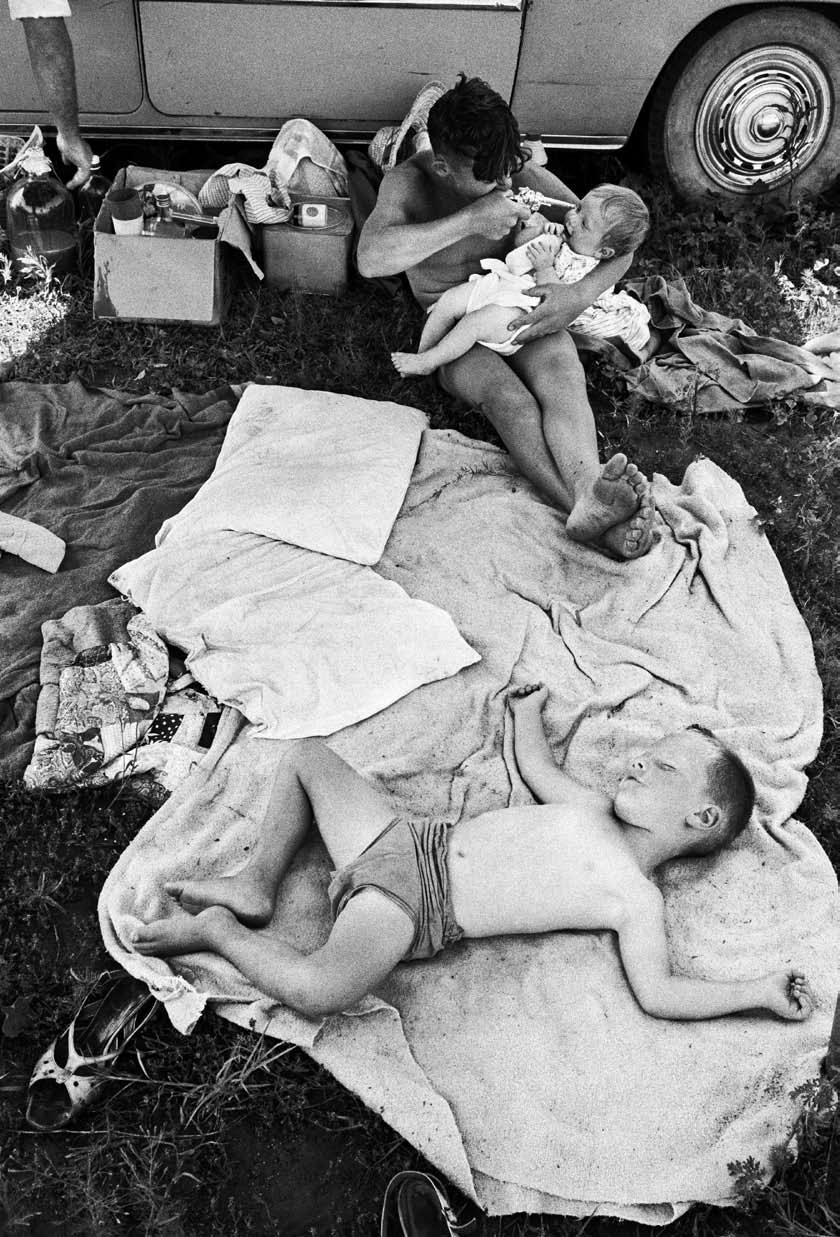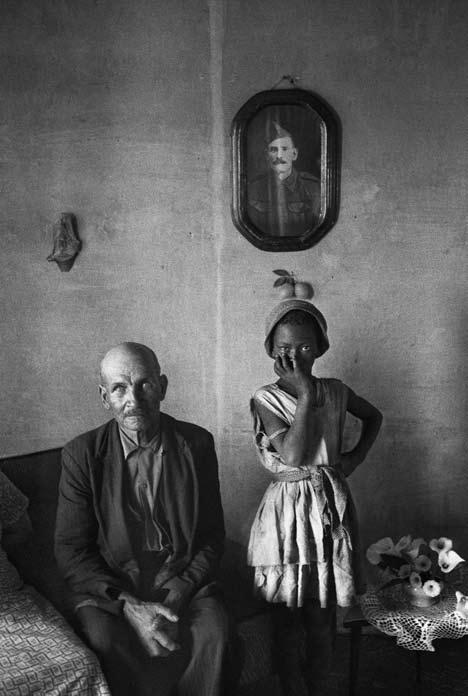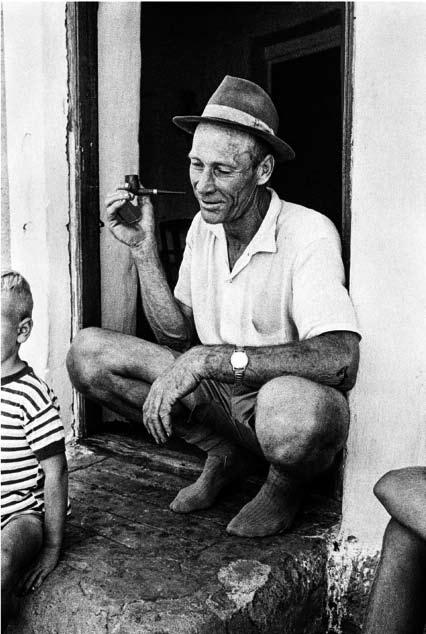
3 minute read
The other Africans David Goldblatt
The africans Picnic at Hartebeespoort Dam on New Year’s Day. Transvaal (North-West Provine), 1965. other Davi Gol blatt

Advertisement
David Goldblatt began working on the now-classic photobook, Some Afrikaners Photographed, originally published in 1975, in 1963, after selling his father’s clothing store in the South African town of Randfontein, and becoming a full-time photographer. The ruling Afrikaner National Party – many of its leaders and members had supported the Nazis in the World War II – was firming its grip on the country in the face of black resistance. Yet Goldblatt, who died in 2018, was drawn not to the events of the time but to “the quiet and commonplace where nothing ‘happened’ and yet all was contained and immanent”.
Through these photos, he explored his ambivalence towards the Afrikaners he knew from his father’s store. Most, he guessed, were National Party voters, yet he experienced them as “austere, upright,

unaffected people of rare generosity of spirit and earthy humour”. Their potency and contradictions moved and disturbed him; their influence pervaded his life.
Finding a publisher for the book had frustrated Goldblatt since the late 1960s as the world became increasingly hostile to the government’s apartheid policies. Then, after been turned down by a dozen US publishers, Murray Crawford, a South African friend, believing that the book was important and that it ought to be published, put up the cash for Some Afrikaners Photographed to be published locally. The book was not a success: The country’s black population, sickened by the cruelty of apartheid, was on the verge of a massive uprising and hardly likely to buy a book about their oppressors. Nor were English-speaking liberals, who were fiercely opposed to apartheid and wanted Above: A railwayman and his family in the backyard of their home in the ‘Dubbeldekkers’. Both he and his wife were deeply religious; they did not believe that one faith was ‘more true’ than another, so each Sunday they attended a different church. Bloemfontein, Free State, 1965. Above: Pensioner with the child of a servant. Wheatlands Plots, Randfontein, Transvaal (Gauteng), September 1962. Photographs from Some Afrikaners Photographed , by David Goldblatt, published by Steidl /www.steidl.de
Koot Cordier at his front door. Gamkaskloof, Cape Province (Western Cape), 1968. Photographs from Some Afrikaners Photographed , by David Goldblatt, published by Steidl /www.steidl.de


The farmer’s wife. Near Fochville, Transvaal (North-West Province), 1965.
Some Afrik ner Pho ograp hed David Goldblatt Steidl www.steidl.de US $65 Can $90 to see the back of the Afrikaner government. The book flopped and was quickly remaindered, selling for just R2,50 (about $2). 45 years later, 26 years after the end of apartheid, Some Afrikaners Photographed has been re-issued by German Publisher Steidl.
The strongest impact of the images is of the poverty of many of the Afrikaners in the photographs who, ironically, were battling against similar hardships to those being endured by the people they oppressed.
It’s a theme that art critic Ivor Powell picks up in an essay that charts the outraged reaction of the Afrikaner media towards photos that showed their rural cousins at a time when the Afrikaner elite was trying to establish itself on the international stage, as
well as his own reaction to the original book: “It was all but incandescent with tension and revelation, with a sense of souls being held up to scrutiny, of skins being peeled away”.
South African writer Antjie Krog, adds, “Three kinds of Afrikaners look out at us from these photographs, of which the poor Afrikaner is the most haunting – the simple one who, by the sweat of his brow, eats his bread in isolation”.
Final words to Powell, who ends his long essay with the observation that “such images have as much to say about now as they did about then. They are encoded with choices and insights of relevance to how we experience the world today, and in revisiting the Afrikaners we revisit ourselves”. Look, read and learn! TS








